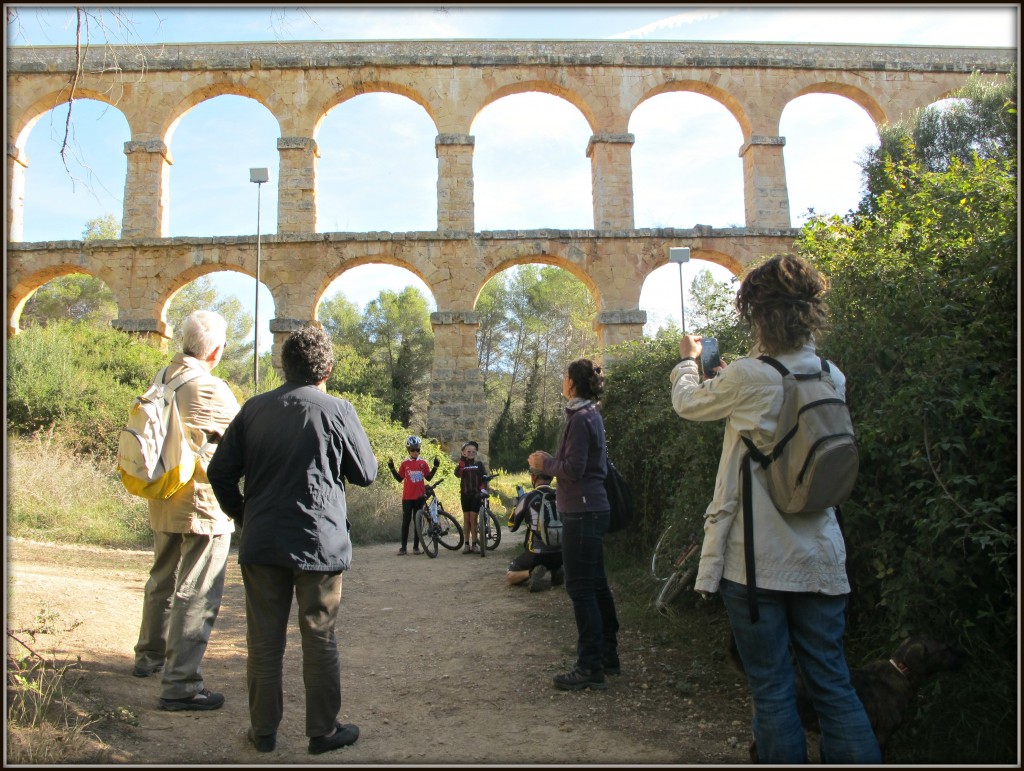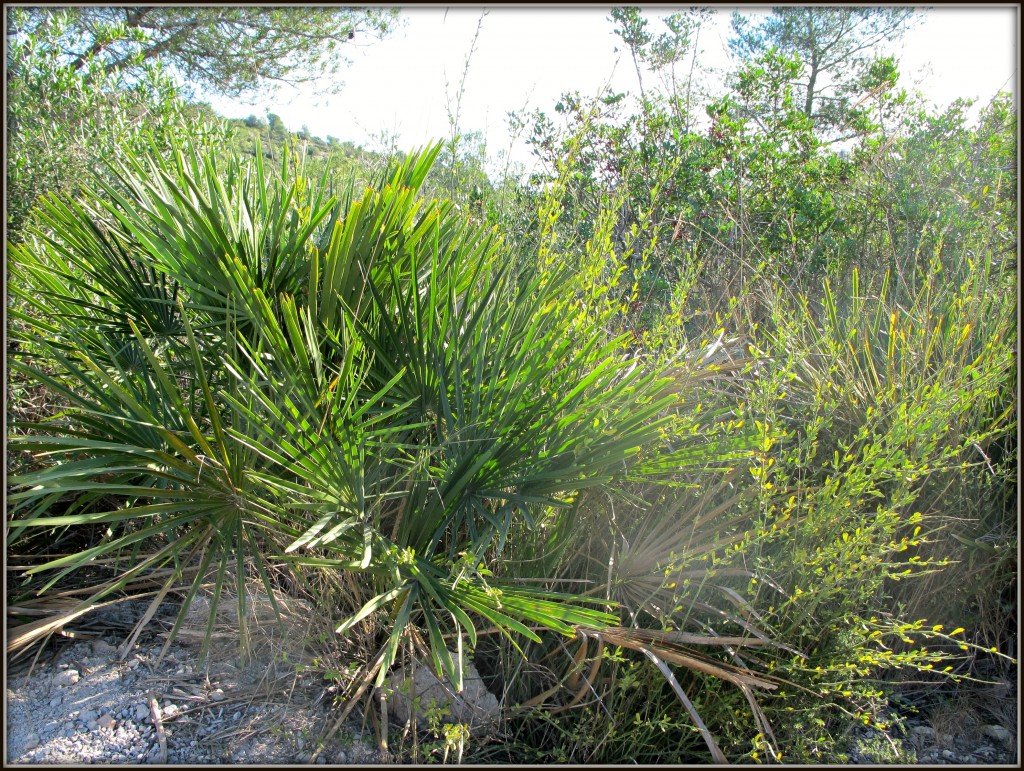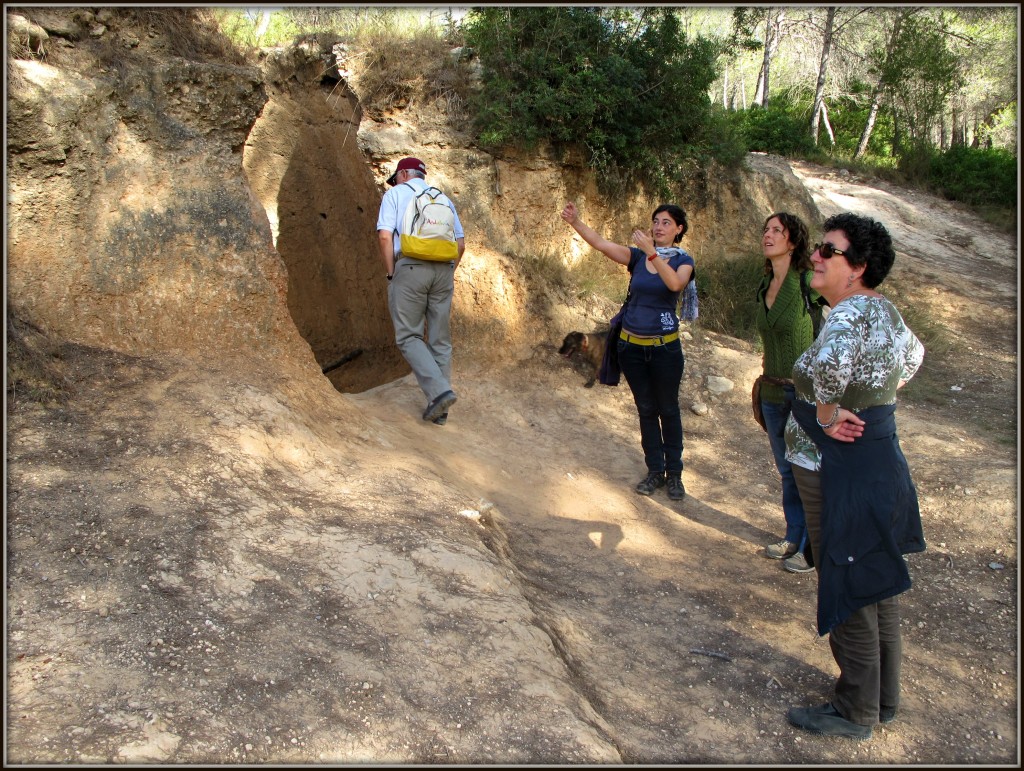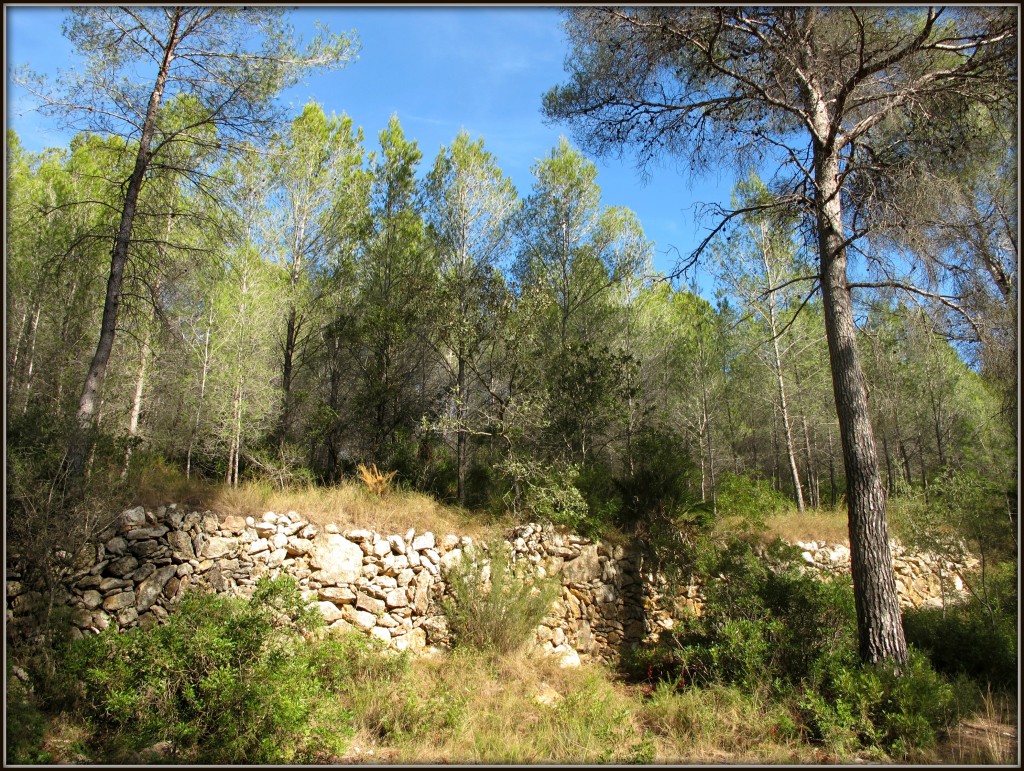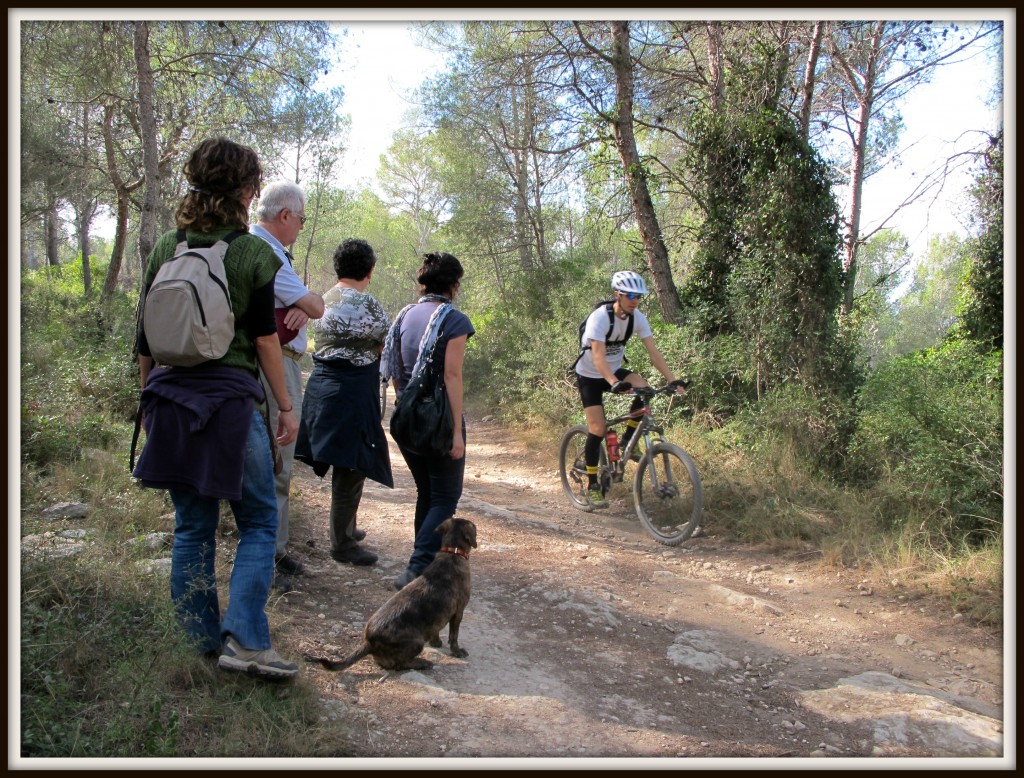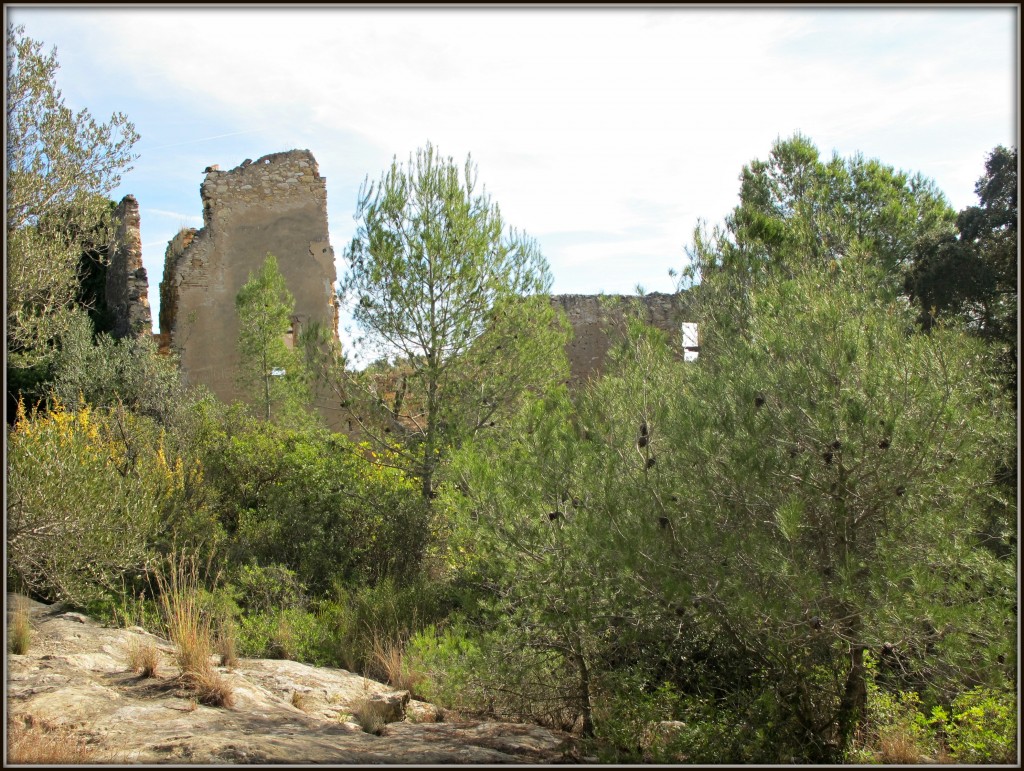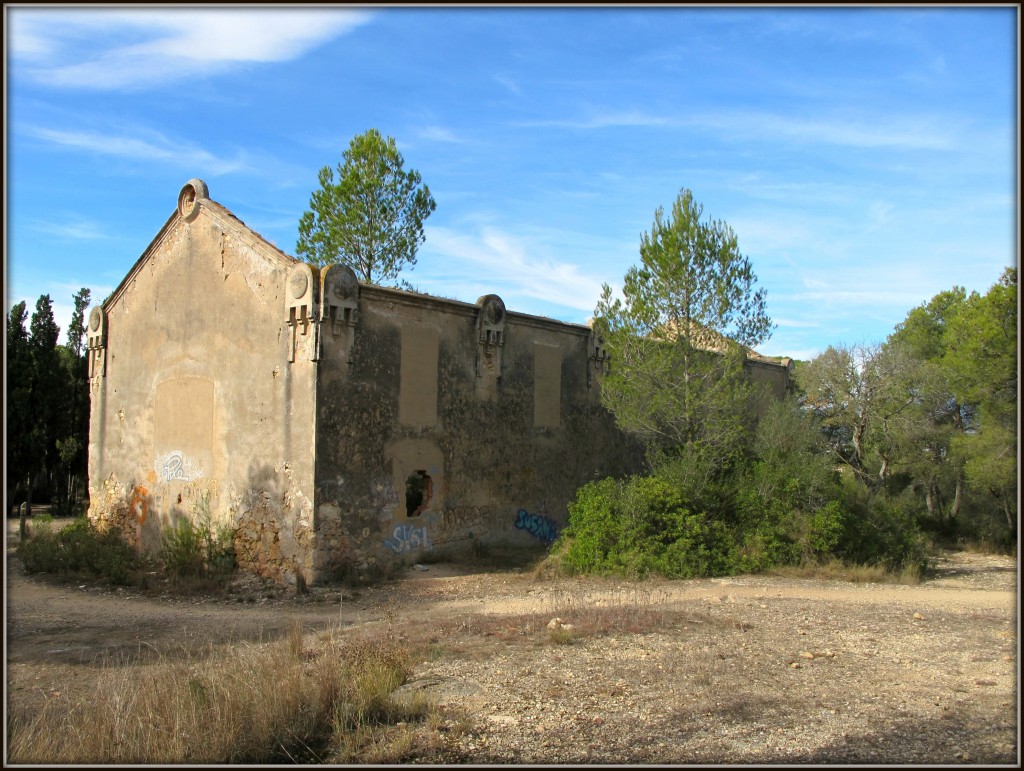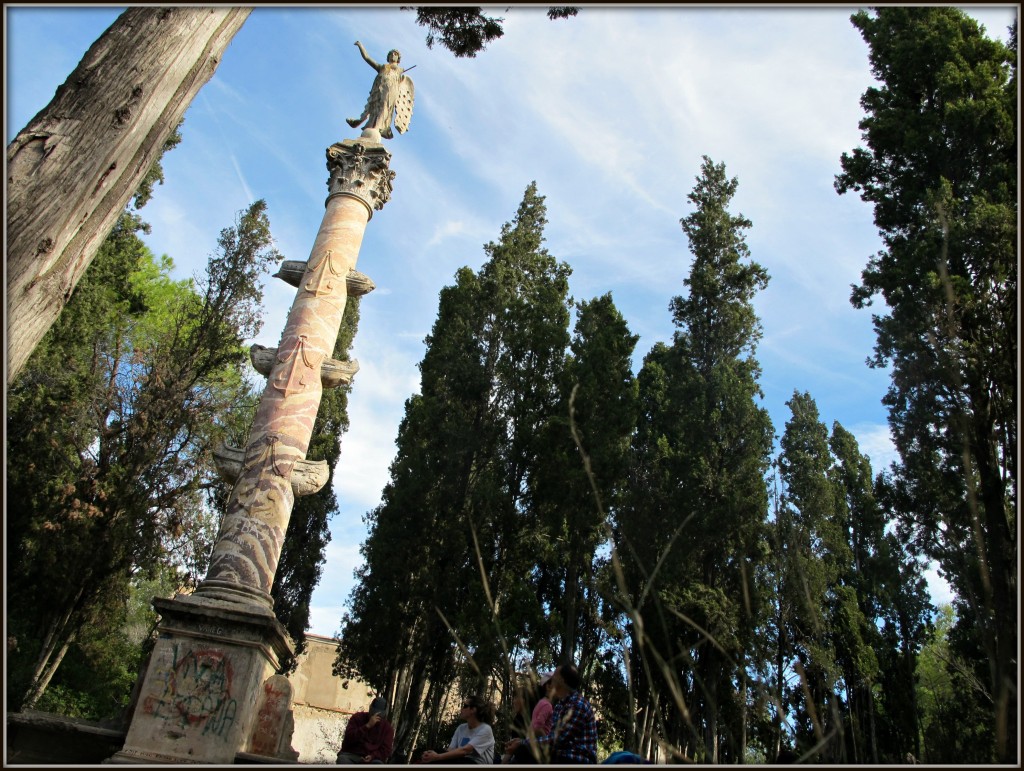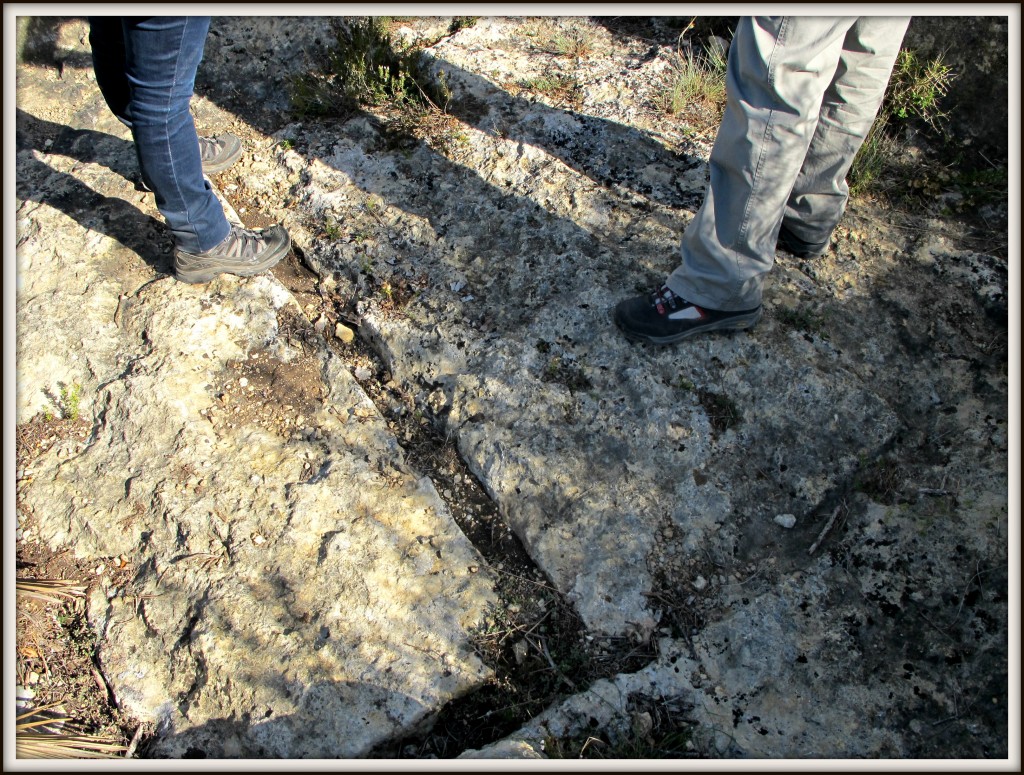The so-called Aqüeducte de les Ferreres, popularly known as Pont del Diable, is one of the best preserved and most impressive aqueducts of the Roman period, and certainly, the most important in Catalonia. Despite the fact that, even today, nobody knows about the exact date it was built, it is believed that it would have probably been erected in the 1st Century Ad, during Emperor Augustus’ command, just as Tarraco kept growing thanks to the urbanization of the Part Alta, the Concilium Provinciae of Hispania Citerior’s see. Its main use was nothing but supplying water to the city, straight from the river Francolí.
When studying or simply reading about the above mentioned monument, or even on a quick search on Wikipedia, these are the actual main characteristics we’ll find about the Pont del Diable, and that come to explain the reason it was built. But, why was it built in this place? What role did the existing vegetation play? What environmental impact did the construction of the building imply? And, what kind of evolution did the ecosystem follow throughout the years?
Arrel is a young guide company specialized in the cultural and archaeological world trying to answer questions such as these, among many others. From the very beginning of November, Arrel has introduced a brand new ethno-botanic tour round the Pont del Diable surroundings in which to learn more about the Mediterranean vegetation, the landscape’s evolution and the various uses that, since the Roman period, have been applied to the natural sources. ‘By means of the historical language we get visitors to enter different aspects about the vegetation existing in the time of Tàrraco, about the its main uses and its evolution throughout the centuries’, says Itxaso Euba, part of Arrel’s soul together with Xusa Ortega.
We, a small group of people accompanied by Itxaso, go deeper and deeped into the Eco-Historical Park of the Pont del Diable. The tour is part of the Tarragona’s local government green area, and it is located inside the English-style Romantic gardens that once belonged to the Puig i Valls brothers. The dominating vegetation of the area is formed mainly by trees such as the Aleppo Pine, the oak, the olive tree, or plants such as the palmetto, the sarsaparilla and the hawthorn. Despite the complexity of the building, Roman had everything needed in order to get to build the magnificent construction: varied and abundant wood, water and a huge quarry from which they extracted the ashlars needed for the creation of the bridge.
Itxaso identifies the different plants we’ve found in our way and invites us to follow their history which links them to the Roman period. For instance, she tells us about the fact that a sarsaparilla’s leaf has been often found as a decoration in some of the pottery found in the Iberian sites such as Fontscaldes or El Vilar (in Valls). The area is also generous on the existence of wild-olive, the olive tree’s wild variety very often used back then as a way of heating up thermal springs. ‘The wild-olive was used a lot due to its natural ability of heating up water little by little while keeping its heat’, states Itxaso.
We go up the aqueduct across palmettos, wild-olives and mastics in almost absolute silence, in straight line, admiring the landscape around us. From up here, the monument is taken into another dimension and things certainly look different. On the way down, taking the opposite end, we stop by an old lime kiln, built using calcium to ensure the aqueduct’s impermeability.
The abundant mastic around us takes us into thinking that ovens made out of resin, a material used to thicken wine, among other uses, could have been exist around the area. These days, mastic’s sap (also known as mastic in English) is mostly used in the production of very aromatic gum or latex. In the olden days it was also used as a chewing-gum, and nowadays it is used in orthodontic treatments, varnish production, as well as bakery and liquor making.
Against one might think, vineyards did also exist in the surroundings of the Pont del Diable, although already in the medieval period. Thanks to the terrain’s characteristics, vines were forming terraces, still recognizable today. Unfortunately, in the 18th century, grape phylloxera killed last traces.
Along the tour, we’ve come across people on their bicycles, horses or just on foot. High temperatures during the summer have been left behind and in autumn, as well as in spring, it is an absolute pleasure to do some sport in such a natural spot.
We’ve seen other pine varieties, such as the stone pine, which tries to get its ‘head’ out of the dominant crowd: the Aleppo pine. First, some cypresses, and then, some European nettle trees announce the proximity of an old farmhouse, in ruins these days. The ‘Mas dels Arcs’ or ‘Mas de l’Àngel’, which worked as a field hospital during the Peninsular War, was erected in a beautiful spot. Just a few metres from it, there are still the four walls of the cellar of the Puig i Valls brothers, and the ‘monument of the angel’, which gives its name to the farmhouse.
About two hours have gone. On the way back, we stop by the quarry where huge blocks and working signs from the Roman period can still be seen, as a sort of time proof. The historical tour has been a pleasure, and even at some point have we been able to imagine the works around the monument, over 2,000 years ago. History and landscape; monument and vegetation; stones and botanic: what a combination!
SERVICE
Meeting point: EMT bus stop at the ‘Plaça Imperial Tàrraco’
Duration: 2h
Schedule: Get in touch with us
Price: Check prices and schedule with us.
Language: Catalan and Spanish. For other languages, get in touch with us.
Note: The tour requires reservation.
Contact: (0034) 657 716 471 or arrel@arret.net
Text & Pictures: Ivan Rodon (@irodon)
Translate: Artur Santos (@artur_1983)


